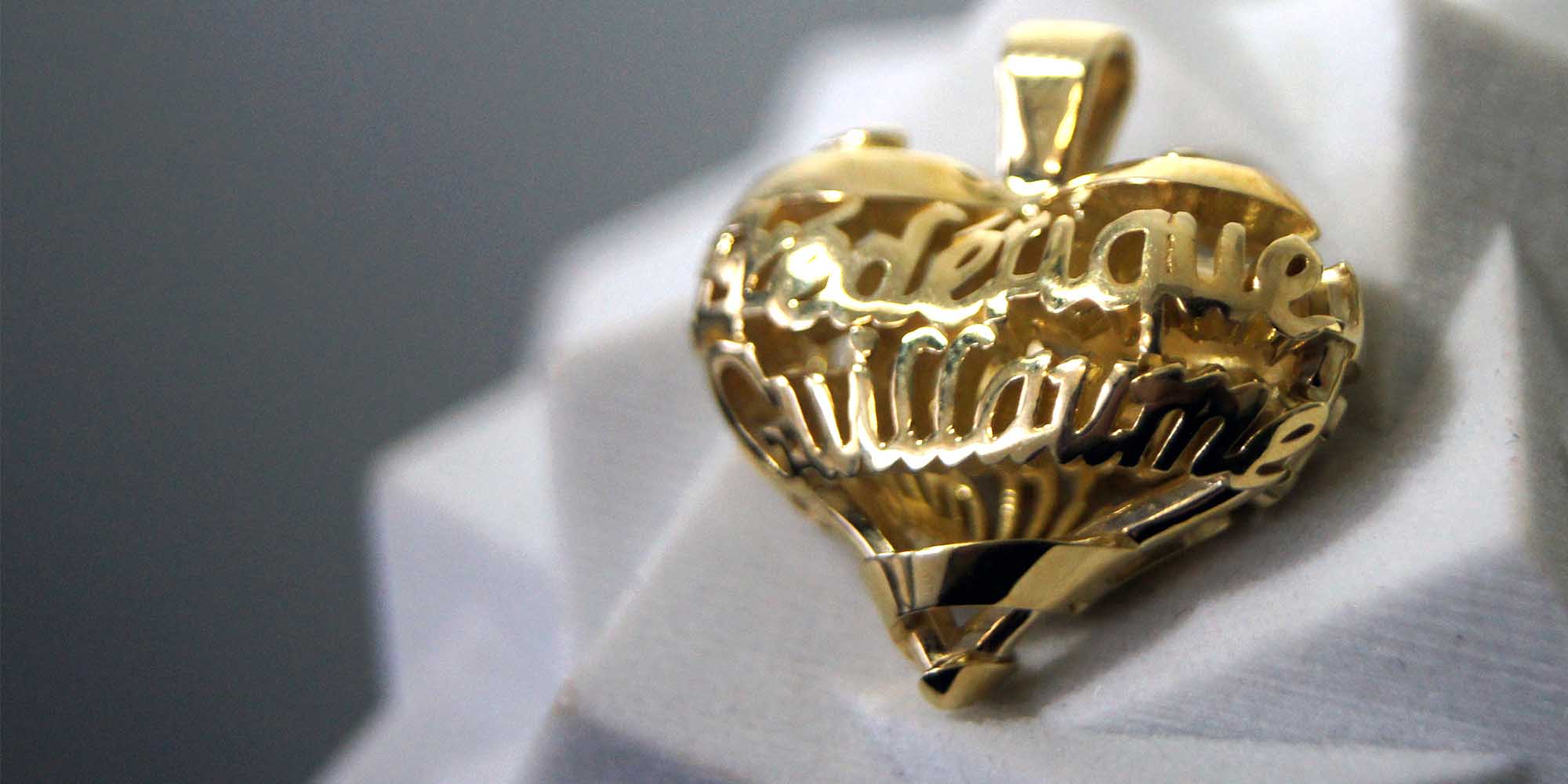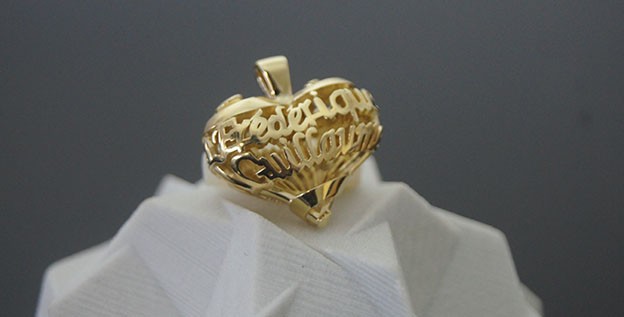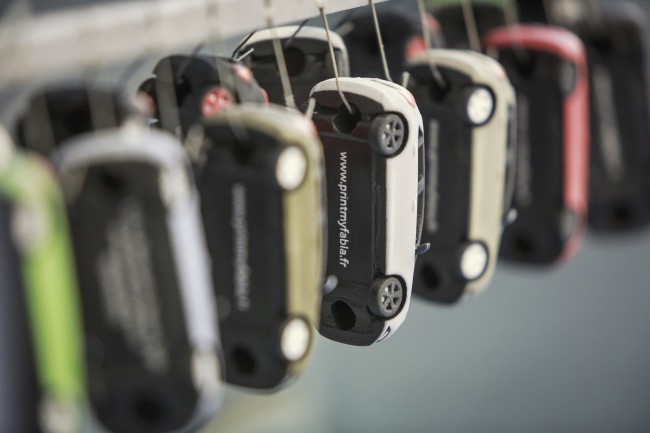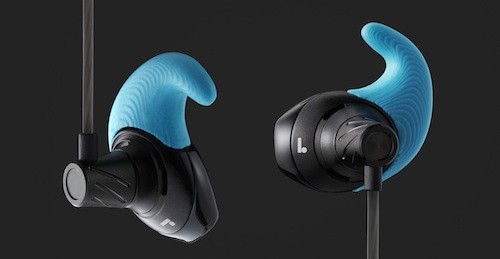3D Printing Uses: Mass Customization
Posted By Arthur Cassaignau on Aug 5, 2015 | 0 comments
Last week, I went in length about the different reasons why you should consider additive manufacturing for production. I gave many reasons among which the most controversial is probably that it’s not easy to find the right manufacturer and that factories are not always willing to take your orders. 3D printing on the contrary is offering a solution with no upfront costs. I also stated that there are in fact four “product categories” where 3D printing is the only way to go because it’s super efficient. This week I’d like to come back to this idea and develop one in particular: mass customization. Here is some food for thought.
Why am I specifically choosing to talk about mass customization? Probably because this is one of the most important topics when one is thinking about 3D printing. For a few years now, people are examining the 3D printing industry specifically for that reason: when will we be able to create products that are fitting us? The answer is ‘right now’ and various companies in different sectors are trying to take advantage of that opportunity. They all have one thing in common, they solved the difficult issue of bringing together three things to offer their customers something new:
- Building the interface to capture the data
- Transforming the customer’s data into a topological representation of the product
- Producing at the right cost for the right market
Building the interface to capture the data
Most companies don’t use data capture to create made-to-order products yet but they already have lots of valuable data from their customers. By developing a process that integrates them into a physical product, their consumers could have access to custom fit products. The most simplistic examples are handling words to be able to add text on a design. Some are commercial examples and other are made for innovative advertising campaigns. I can think of different project that I’ve seen at Sculpteo:
Love.by.me is an online website which allows you to easily input two names on a heart shaped jewel. The process is really simple, you access the website, click on create, add two names, generate the design and you’re ready to order the 3D print in many different materials. With only two text inputs, the possibilities are almost limitless in terms of how many unique version you can create.
Skoda did something similar to drive traffic to their car dealership. For the launch of their new Fabia model, they released a website in which you could customize a Skoda Fabia by creating a 3D design with all the appearance options of the real model, and you were able to add your name under the model. By registering for a real-life test-drive, the mini 3D model went into production and was delivered to the car dealership. The customer would retrieve it when coming for the test drive.
Of course, text isn’t the only data that a company can use for mass customization, and there is a lot information that can be turn into valuable data. Most consumers would like to have product that fit their exact needs. The real difficulty is being able to receive the right data to turn it into 3D. That is why companies are imagining new ways to make it easy for potential consumers. The Holy Grail is to find a way of using sensors that already populate our everyday lives like a phone camera or the webcam of laptop computers.
This is the case of Normal, which is producing fully customized 3D printed earphones. They released an app (that you can download here) that lets you take pictures of your ear to make your custom earbuds. As they claim on their website, “one size fits none” and they using tools that you are manipulating each day to make sure you can get the best possible experience when listening to your favorite song. Utilizing Fused Deposition Modeling of ABS plastic, Normal is fabricating custom-fit 3D printed earphones. With only a 2D image taken by the customer on their own smartphone in the Normal App, this company is capable of fabricating a custom-fit pair of earphones in as little as 48 hours. Normal earphones retail at $200.
Sols is using the same technique (basically an iPad) to offer fully customized 3D printed orthopedics. Instead of letting users do it directly with their own device, the company is focusing on structuring a network of professional providers that are selling the solution and who make sure the data is accurate. Those providers scans the customers foot in several weight-bearing and non-weight bearing scenarios to collect the data necessary and generate a customized 3D model. The models are then printed using Selective Laser Sintering technology and delivered to the customer in as little as 6 days.
More than just a product those innovative companies are beginning to sell a service around a product that everybody could use. Additive manufacturing is the solution for this since it allows those company to produce slightly different version of the same product each time at the same cost.
Transforming the customer’s data into a topological advantage of the product
Once you’ve found a way to retrieve the customer’s data you need to build their unique product, two difficulties arise in this process. The first one is to transform it and input it into a 3D model. This is were there are actually two schools for doing it. If you prefer to be lean, you can launch your service with designers doing the model customization. The other option if you are in favor of the full online engineered solution, you can find a way to automatically generate the models once you have the data.
Basic 3D modifications are easy to perform on a 3D model and adding a text or changing a shape based on predefined factors can be pretty simple. But if you’re interested in disrupting a whole industry based on the customization of a product it might be quicker to test out this new market proposition by doing the job manually. Building the whole interface (sometimes that means software plus hardware) which can be very expensive and will directly reflect on the final price of the product. Keeping it simple with designers doing the job manually can be the solution to quickly launch your offer and see how the market responds.
Producing at the right cost for the right market
Finding a price where it’s interesting enough for the customer is one of the most difficult elements of 3D printing. As I’ve said before, building the technology to retrieve and transform the data can be resource consuming and it means that you won’t necessarily be able to beat your traditional competitors on the “price” factor. However customization is bringing a lot of value to your product by making it a real service. This is why companies like Normal, Sols or many in the medical sector are positioning their product in a premium category.


 Connect with Google
Connect with Google Connect with Facebook
Connect with Facebook


